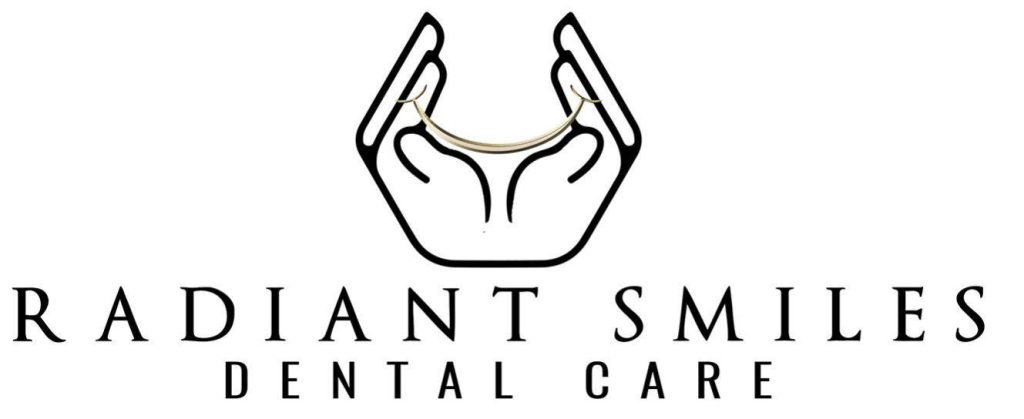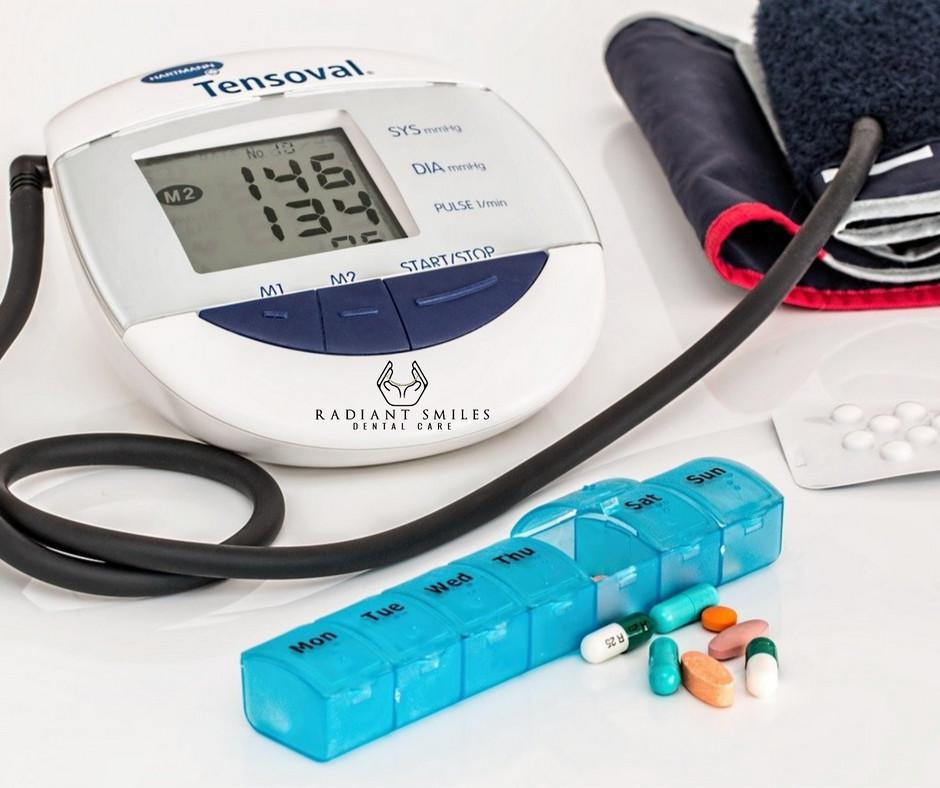Say goodbye to traditional metal crowns…Say Hello to Same Day Cerec E.Max porcelain crowns
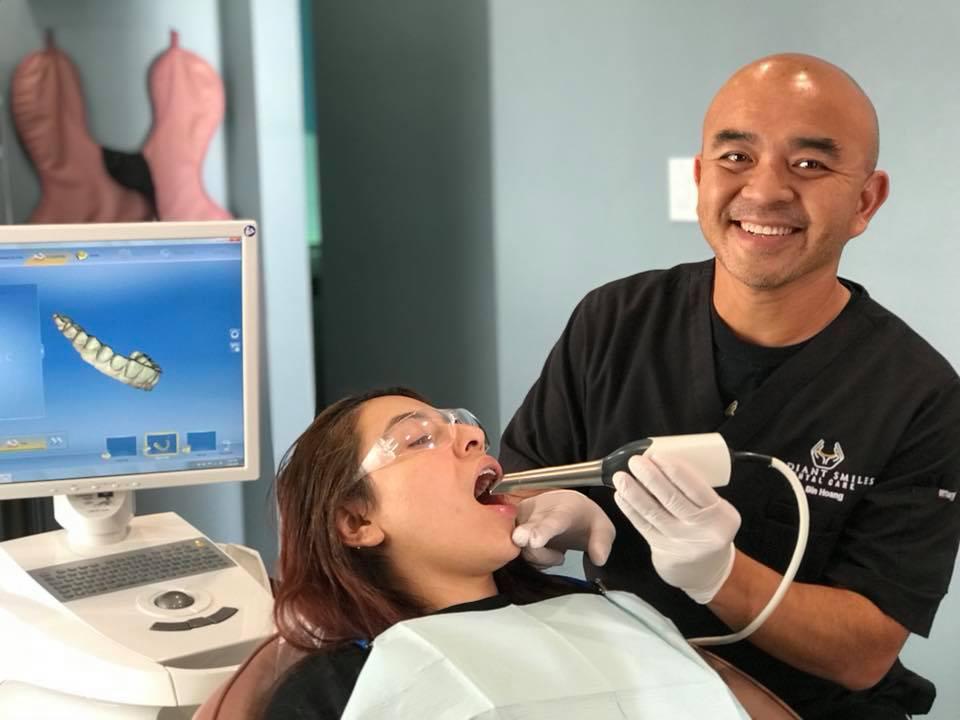
Why do you need a crown?
There are many reasons why you need a crown. The most common are: broken or cracked tooth, large cavity, root canal, and replacing old mercury fillings called amalgam.
What is the best crown material?
Choice of crown material is important. The material needs to not only be strong, but also needs to look good. The best choice is Ivoclar E.Max which combines high strength, durability and esthetics.
What is CEREC®?
CEREC® is an acronym for Chairside Economical Restoration of Esthetic Ceramics. Translated, it means that Dr. Bin Hoang can restore damaged teeth in a single appointment using a high-quality ceramic material that matches the natural color of other teeth.
What does this mean for the patient?
A tooth-colored restoration means no more silver fillings discoloring smiles. The filling is natural-looking, compatible with tissue in the mouth, anti-abrasive and plaque-resistant. Dr. Hoang no longer need to create temporaries or take messy impressions and send them to a lab. Because of this, the traditional second visit has been eliminated. The CEREC® has over a decade of clinical research and documentation to support the technology. The restorations have been proven precise, safe and effective.
To schedule a consultation or more information please call: 949-366-1160 or Visit Us at Radiant Smiles Dental Care in San Juan Capistrano.
AUTHOR

Dr. Bin Hoang
Dr. Bin Hoang is the owner of Radiant Smiles Dental Care. He is been serving South Orange County with exceptional dental care since 2003. His specialties include treating periodontal disease using a special laser, smile makeovers.
You Might Also Enjoy...
LANAP: Receding Gums No More: Restore Your Smile with Laser Technology
Tired of bleeding gums and receding gums? You’re not alone. Millions of Americans struggle with gum disease, a serious condition that can lead to tooth
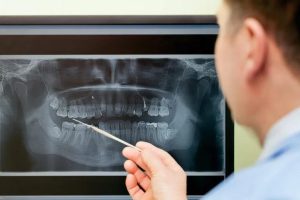
Digital X-Rays
Digital x-rays are a more streamlined way of taking dental radiographs. Like traditional x-rays, digital versions provide an in-depth view of the structures of the mouth, helping dentists detect complications and develop effective modes of treatment. Digital x-rays are capable of revealing hidden caries, bone erosion, and even tooth decay hiding beneath restorations. Requiring less…
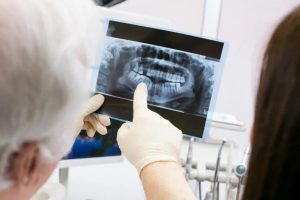
Dental X-Rays
For years, dental x-rays have been used to diagnose oral health complications and detect decaying or damaged teeth. X-rays provide a unique view of the mouth that isn’t possible with a visual exam alone. When x-rays are taken, the teeth and bones absorb the majority of the ray, making them highly visible on film or…

Dentistry Post-Op Questions
If you are undergoing a dental procedure or operation, you will be given a set of post-operative instructions to abide by in the hours, days, and weeks after your treatment. Following these instructions is essential to preventing infections in surgical sites, protecting restorations, and minimizing the possibility of experiencing complications. Post-operative instructions vary from procedure…

Fluoride and Decay Prevention
Fluoride is a naturally occurring element that has been shown to help strengthen teeth in children and also prevent decay in people of all ages. Topical fluoride, in particular is helpful for promoting oral health. The American Dental Association has publicly endorsed the use of fluoride for the prevention of dental caries, as has the…

How to Floss Your Teeth
Flossing is an important part of an oral hygiene routine, but research suggests that fewer than half of Americans do so daily. Flossing is simple and only takes an extra couple of minutes per day. Developing a healthy habit of flossing can prevent tooth decay and gum disease, and it may allow you to keep…
